What kind of melon is so scary?
It was September 3 years ago, when Mr. Hoang Tieu Ngu’s family returned to his hometown in Guangxi to visit. Mr. Hoang wanted to take advantage of the opportunity for his child to visit his grandparents and have time to experience the work of a farmer.
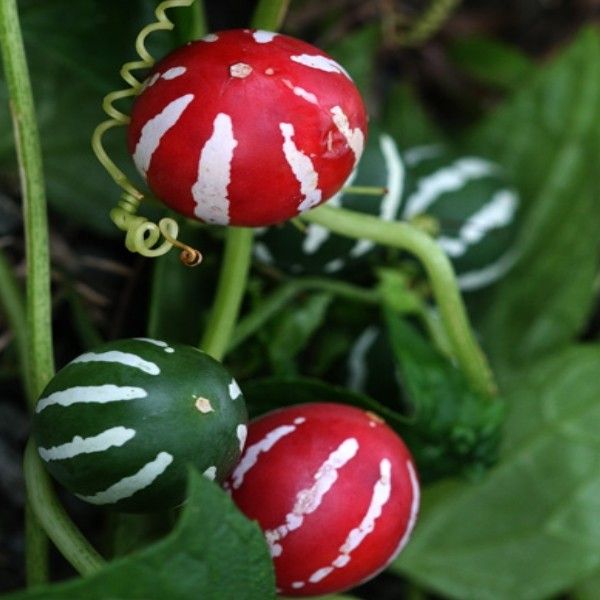
After half a day of hard work, he and his wife sat down to rest, and the children played around. Suddenly, the children discovered that in the bushes along the field there were many tiny watermelons. The difference is that they have very bright and attractive colors. They immediately picked a few fruits to play with.
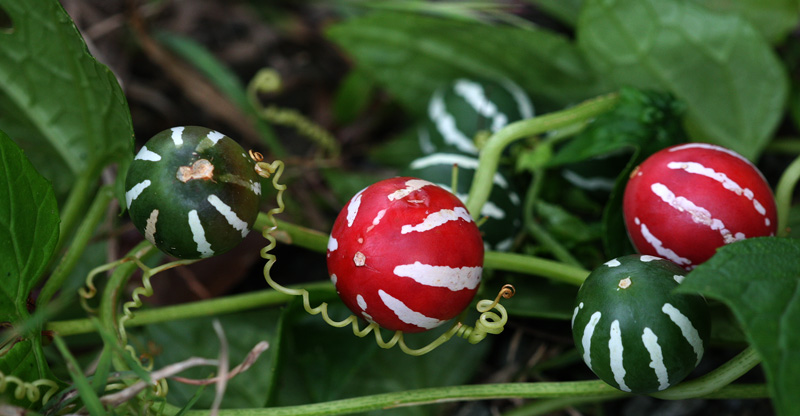
Unexpectedly, not long after, the children complained of nausea and discomfort. Mr. Hoang panicked and ran to see and immediately took them to the commune health station. Turns out, the children mistakenly picked a poisonous melon called Song Luan qua (double melon). Perhaps, while playing, the children accidentally came into contact with the toxins contained in the fruit or roots of this plant, which is why such a situation occurred.
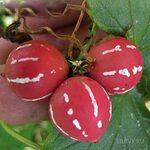
Double melons have a very eye-catching appearance. When young, they are green with white vertical stripes. When they begin to ripen, they will gradually change from yellow to attractive bright red.
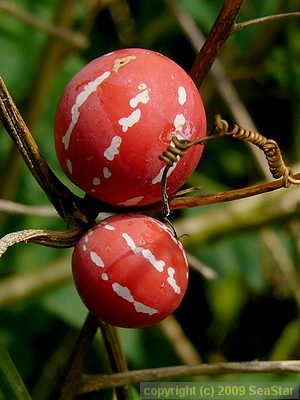
Not only do they look like watermelons, but they can also easily confuse children because of their colorful appearance similar to colorful candy. Therefore, double melon also has the English name “Lollipop Climber” (lollipop climbing plant).
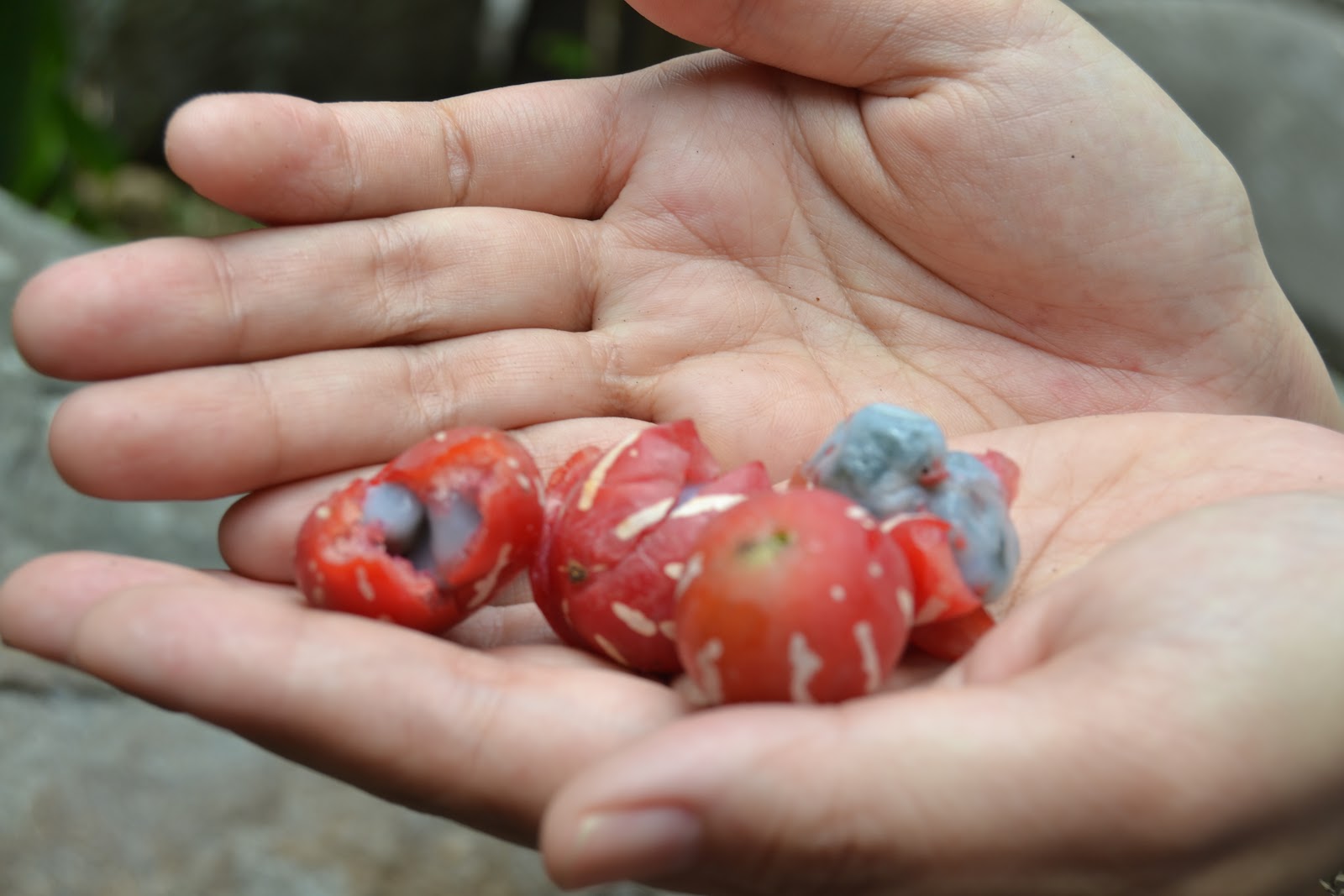
The double melon does not have a thick shell but is very soft, only needs a gentle squeeze to break. Inside is a white layer with 2 or 3 egg-shaped seeds. The fruit is as small as a marble.
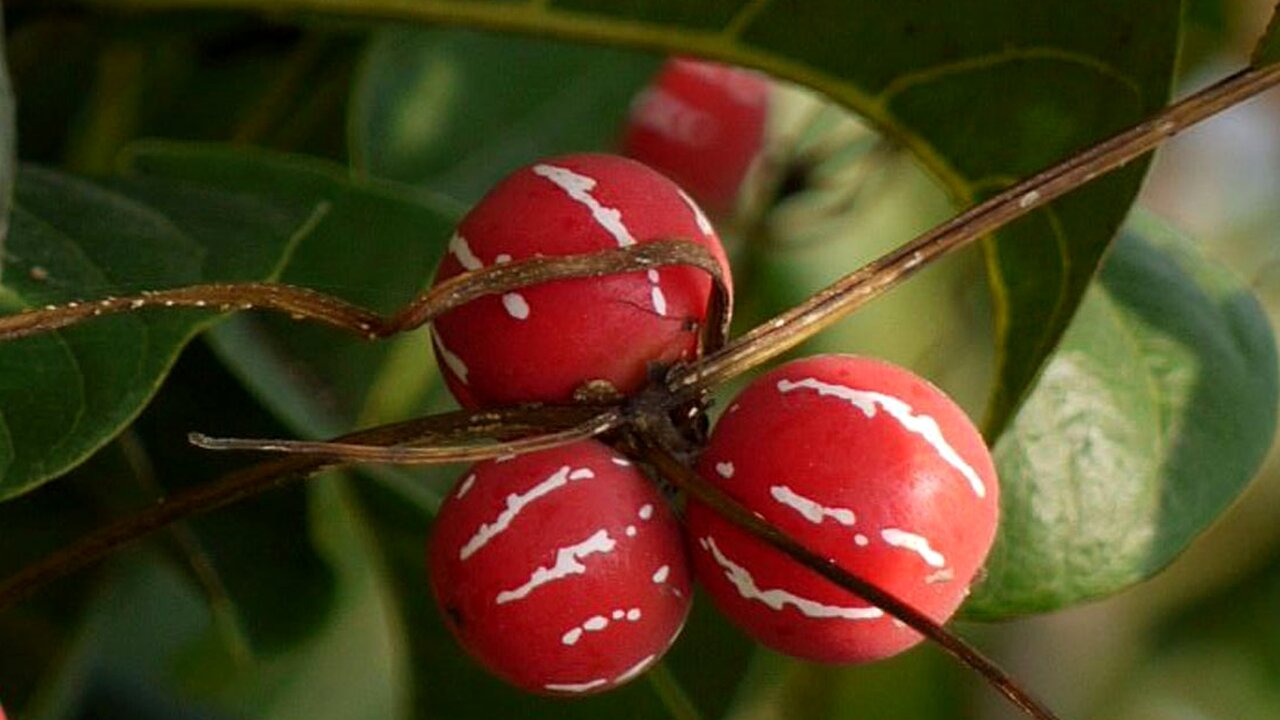
In particular, the fruit of the double melon is very toxic. If accidentally ingested, you will experience symptoms of vomiting, stomach pain, and severe diarrhea. Children eating more than 10 fruits can lead to death. In addition, pets that eat it by mistake also have similar reactions.
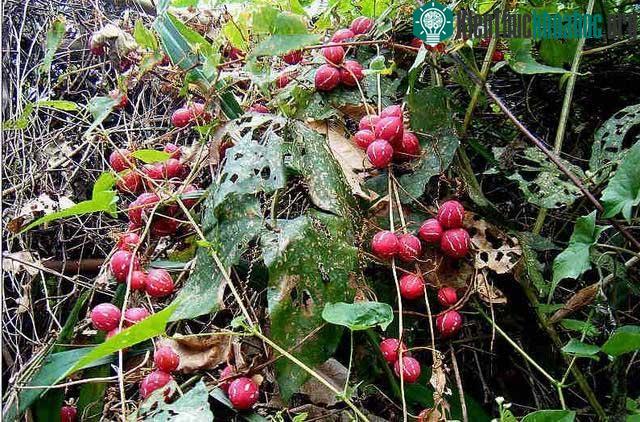
Although double melons are poisonous, with a beautiful appearance, many rural families often plant them for decorative purposes. However, experts warn people not to do so because it can increase the risk of death. Risk of poisoning in young children or household pets, or even adults.






